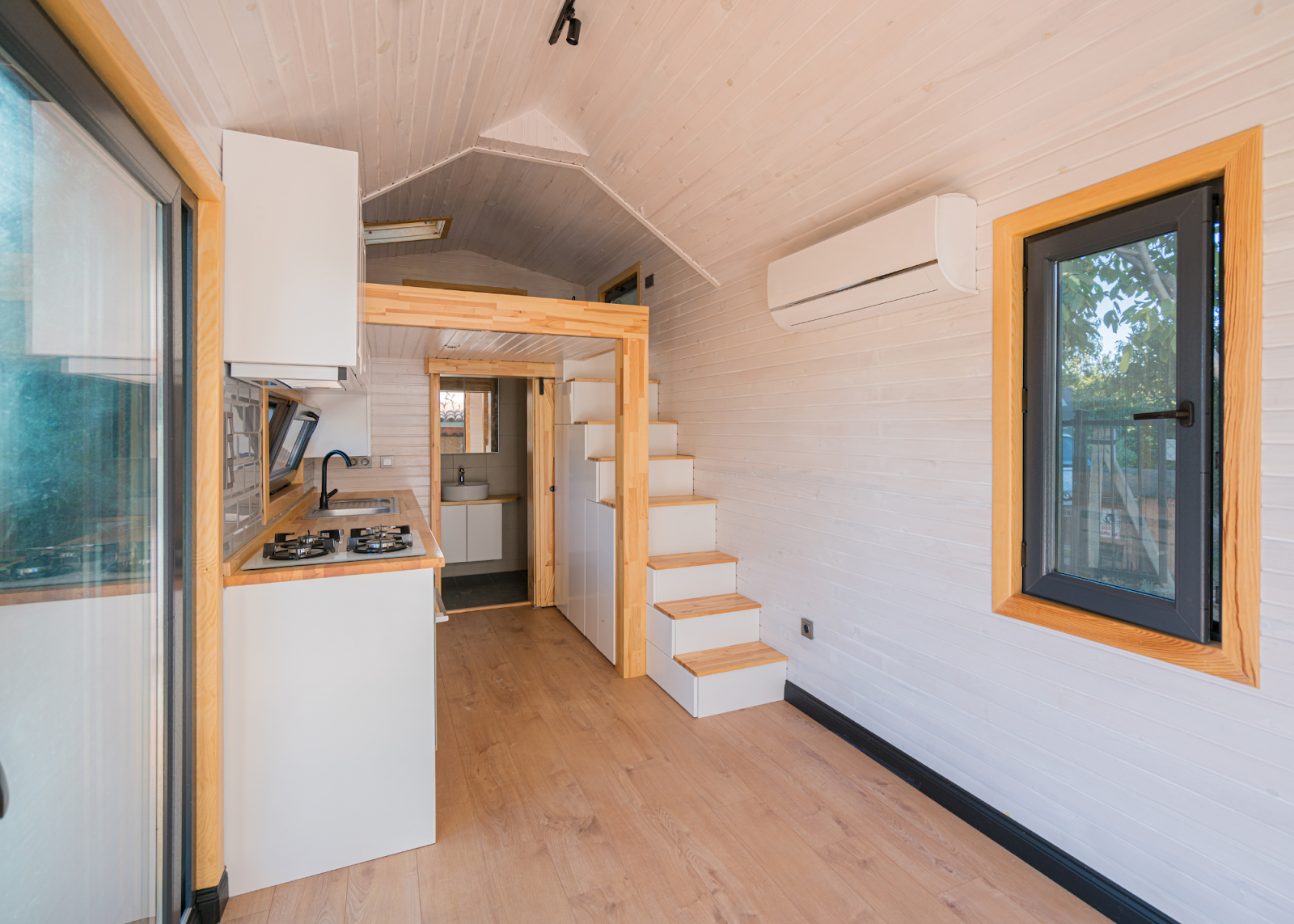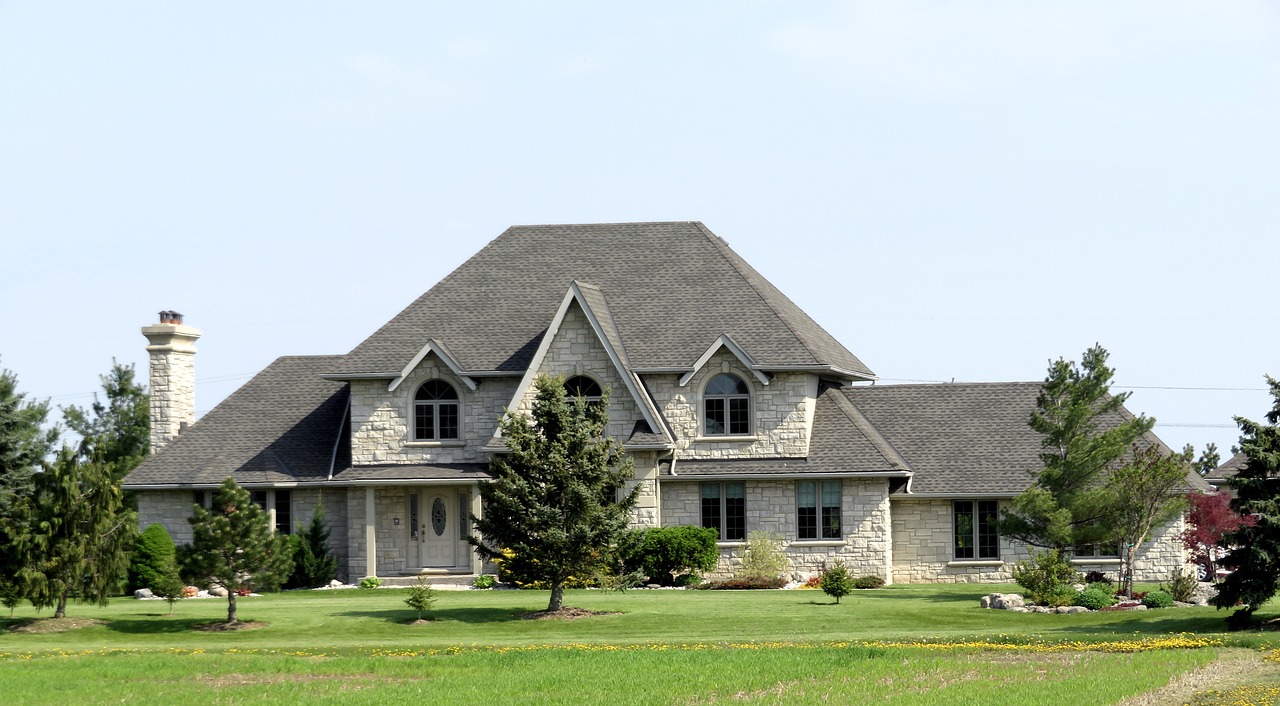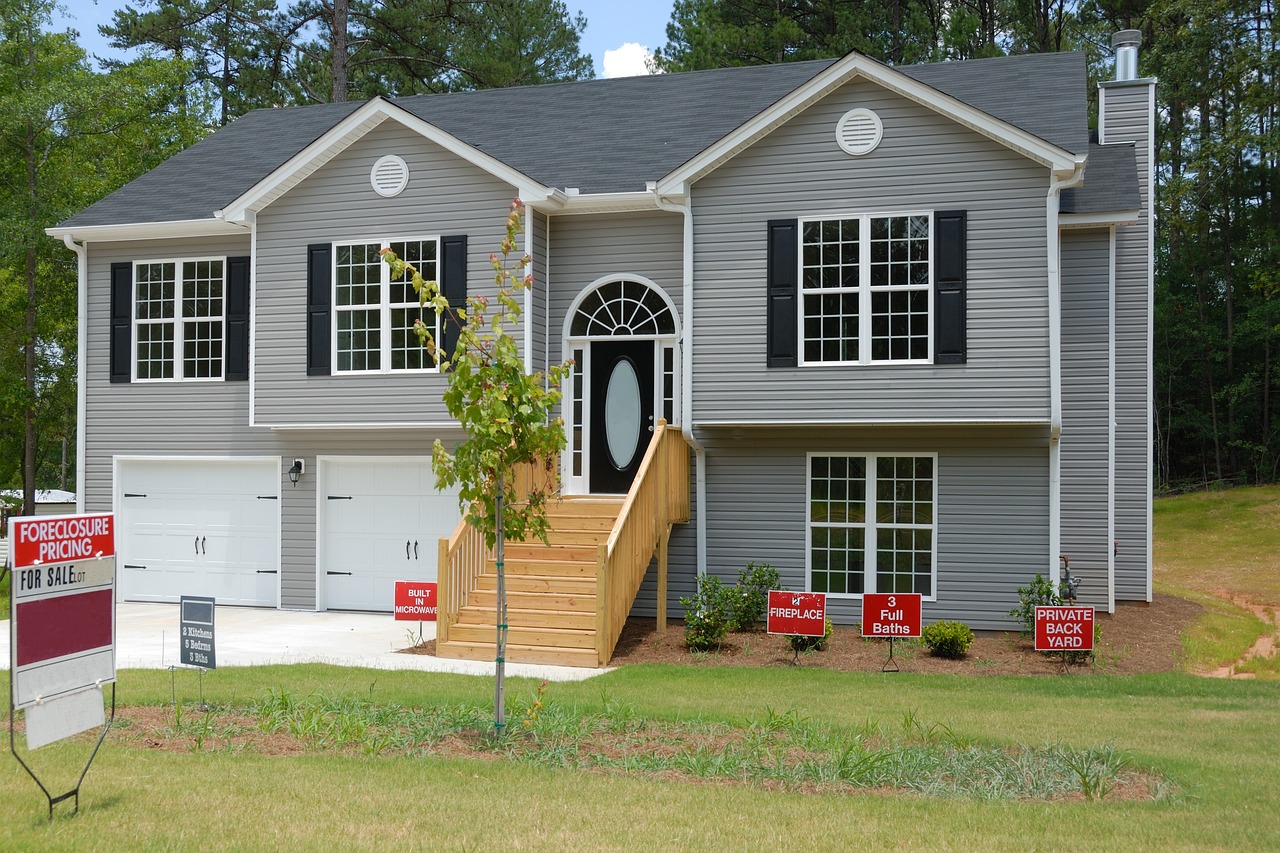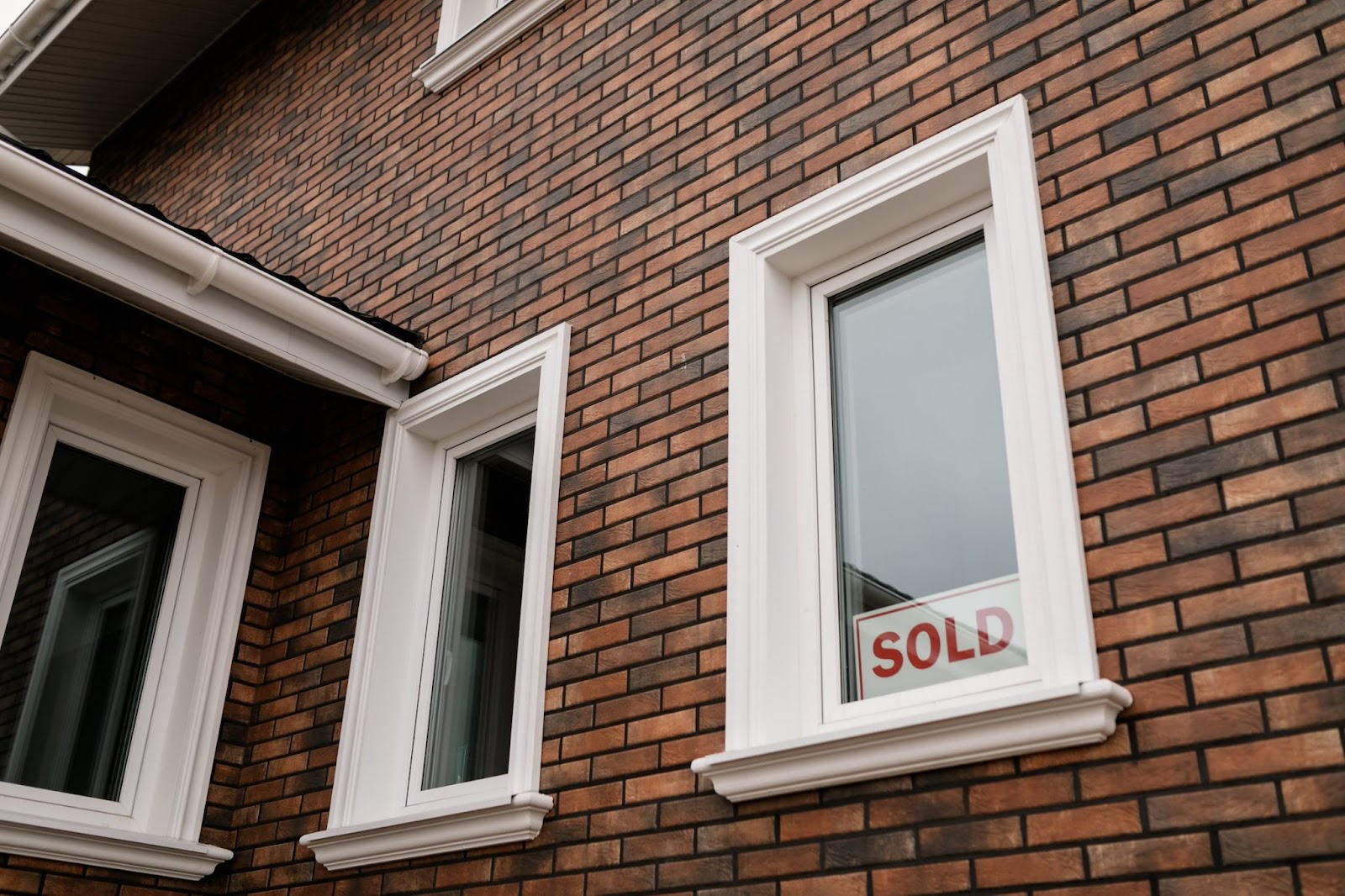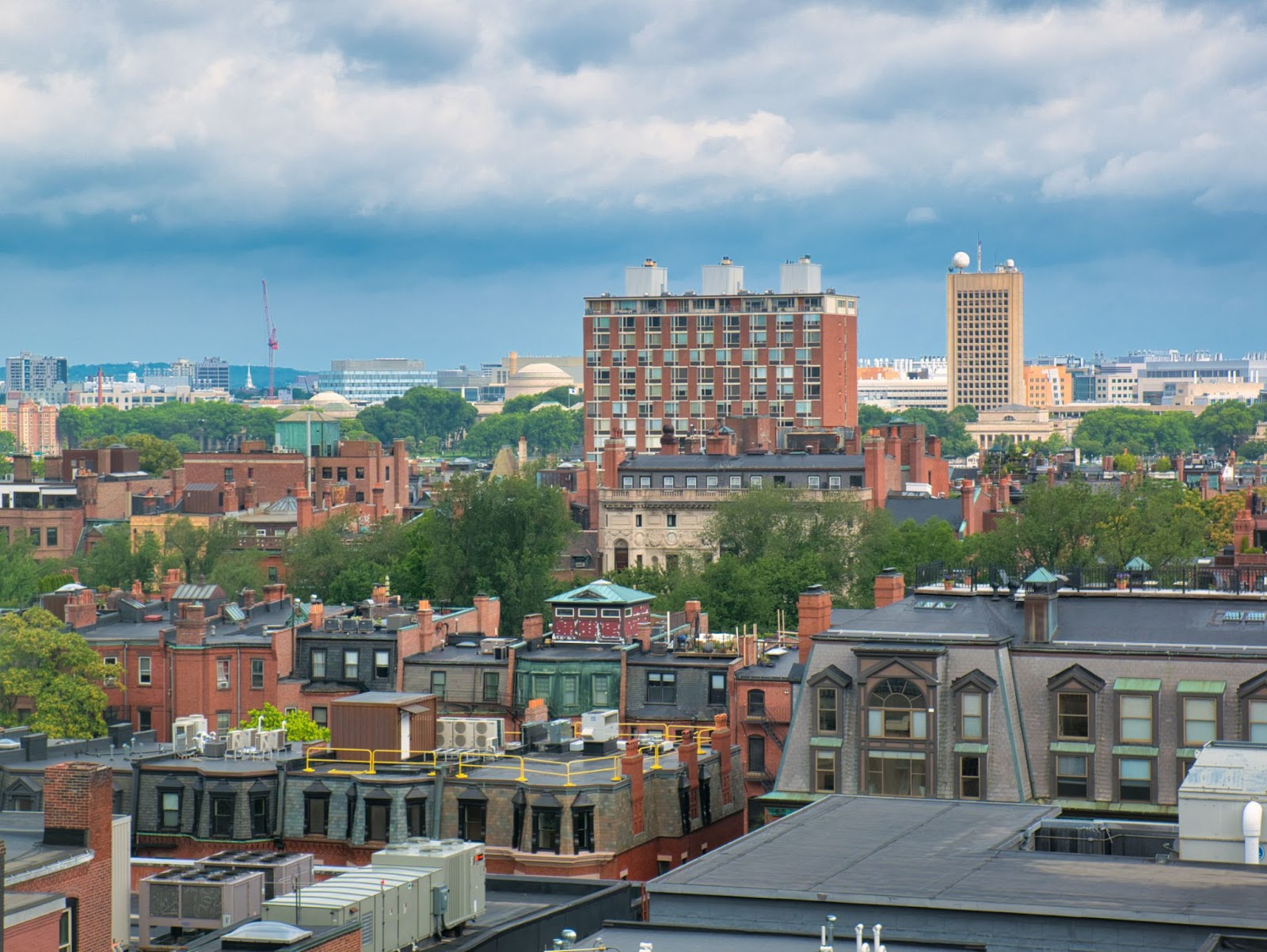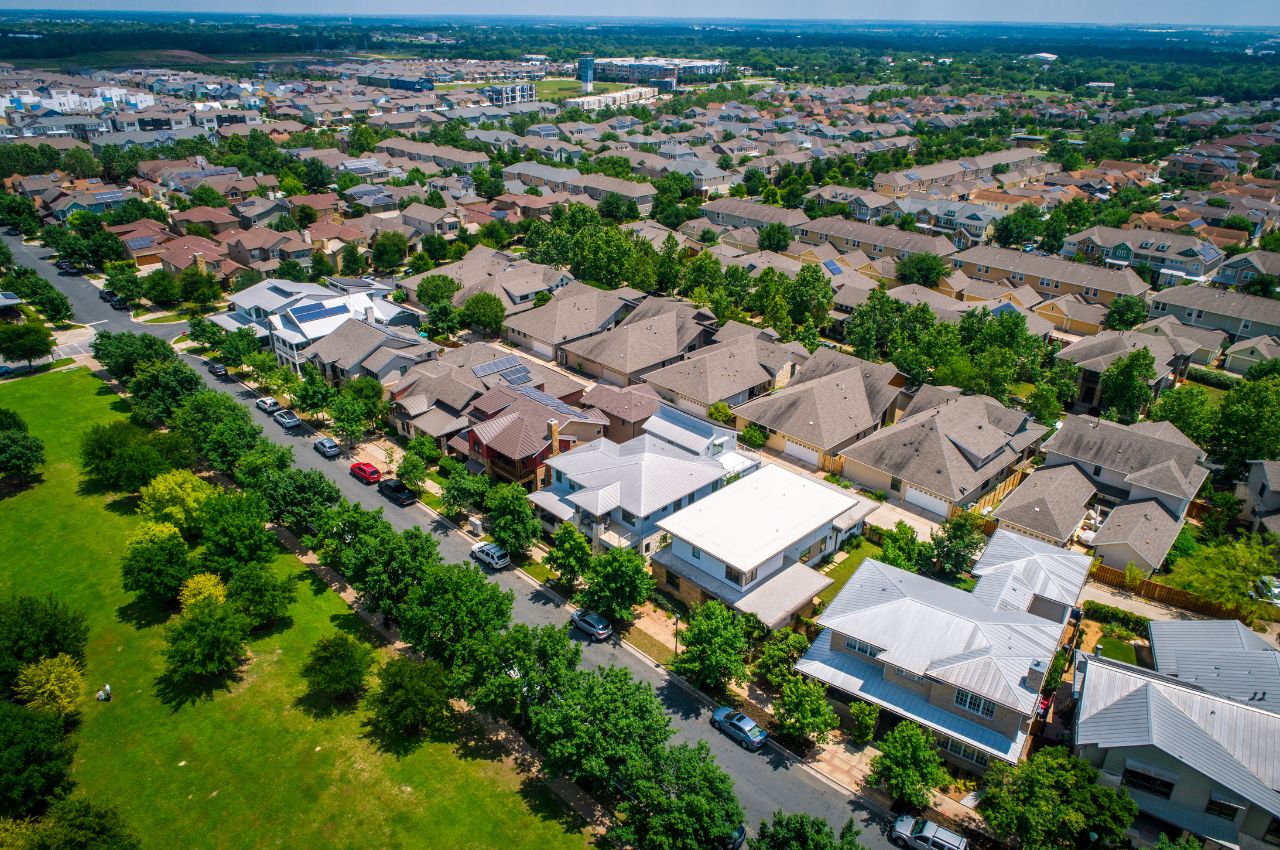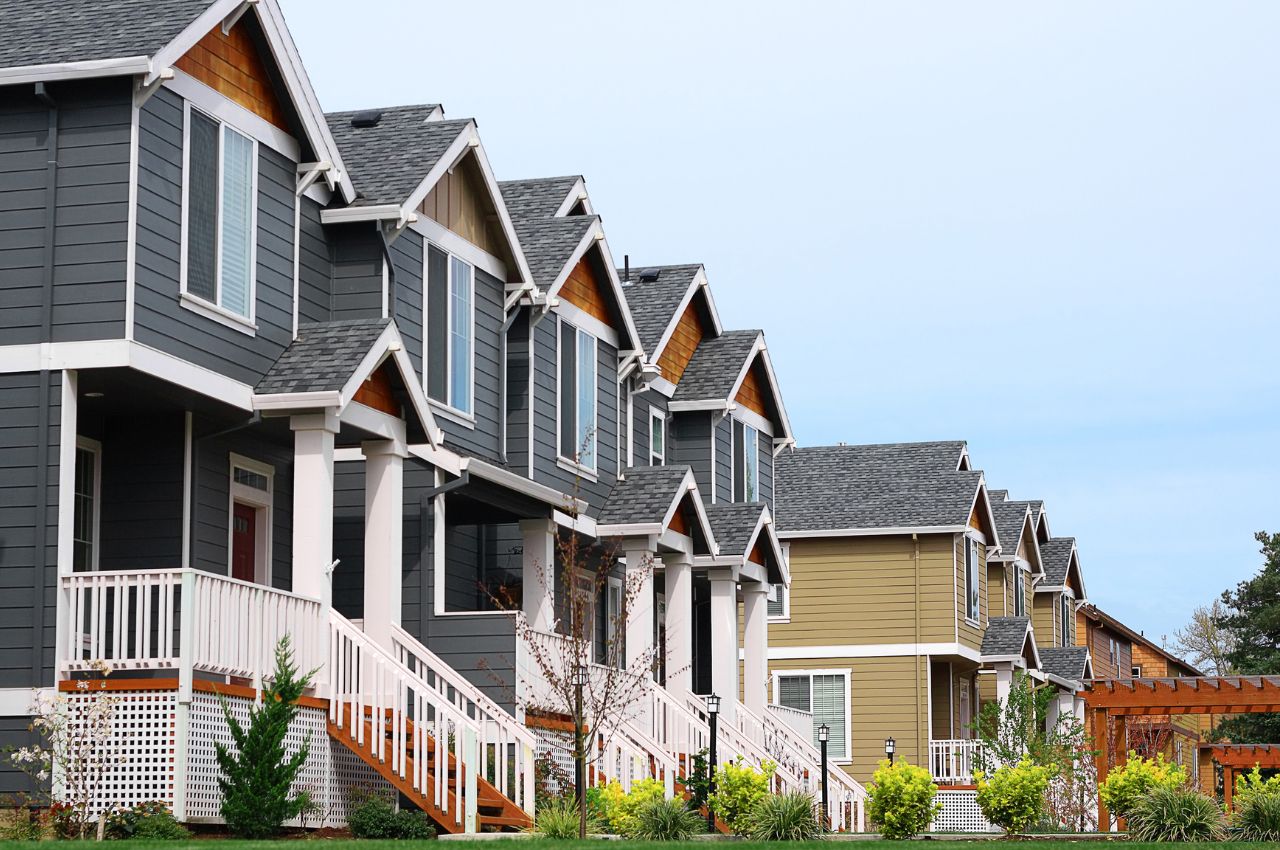With nationwide mortgage rates continuously rising, some encouraging news has emerged from the real estate industry. According to reports, sales of newly constructed homes across the U.S. have risen a tick throughout January.
On Monday, the Commerce Department reported that new home sales in the U.S. have increased by 1.5% to reach a yearly rate of 661,000 during the month. For context, December 2023 sat with an annual rate of 651,000. Considering how many new homes will be built over a year, these numbers represent a seasonal adjustment, assuming builders continue at the same pace each month.
While the growth rate is promising, it fell short of the expectations previously set on Wall Street; most economists had forecasted the sales of new homes to total 680,000 in January. According to data from Freddie Mac, mortgage rates increased at the end of January to strike a six-week high, which may have held some buyers back.
Unfortunately, this latest increase in new home sales is still well below the most recent peak, which was more than 1,000,000 in August 2020. Reports show that weakness in the South dragged down the rate of new home sales.
Furthermore, the data on new home sales in December was revised by 7.2%, down from the original estimate of an 8% increase. Of course, revisions are not uncommon regarding new home sales data, given its month-to-month volatility.
Compared to the month prior, the median sales price of a new home in January increased to $420,700, U from $413,200. The allocation of new homes for sale was level between December and January.
Except for a drop in the South that saw a decrease of 15.6%, the majority of the country reported a substantial increase in sales of newly constructed homes. Overall, sales of new homes are currently up 1.8% compared to last year.
Newly constructed homes are considered a significant bright spot as builders add fresh inventory. Of course, this comes as the U.S. housing market still trails behind with the number of homes for sale compared to pent-up demand.
The growing mortgage rates, recently rising to over 7%, could dampen the demand for buying new. Some evidence suggests that this may already be observed in the January data.
Nevertheless, builders have deployed a broad range of incentives to boost sales in the past. Such incentives include mortgage rate buy downs and price cuts that offset the potential drop off.
Property economist at Capital Economics, Thomas Ryan, said in a note, “The sharp fall in mortgage rates at the end of last year helped new home sales regain some more momentum in January. But so far, the rebound has been slower than we were anticipating.” Ryan added, “Looking ahead, we still expect further falls in mortgage borrowing costs and the historically low supply of second-hand homes on the market to drive demand towards new builds.”
Chief international economist at ING, James Knightley, released a statement, saying, “New home construction has been growing strongly, and new home sales are currently accounting for 14 -15% of total home sales versus 8-9% historically.” Market reactions have been positive, showing that following an increase in new home sales, many major builder stocks, such as Lennar, Toll Brothers, and D.R. Horton, were up during the midday trading session.











































































































































































































